Exploring Frying Pan Lake - Largest Hot Spring in the World
 |
| The hot spring is vast, 38,000m² in total, roughly the size of five rugby fields. The water is also far too hot to safely swim. Photo: Lake Scientist. |
Where is the Frying Pan Lake - the largest hot spring?
Located in Waimangu, New Zealand, The Frying Pan Lake is one of the largest hot pools in the world.
It is indicated by the amusingplanet.com, its acidic waters stay at about 50–60° centigrade all round the year, and its surface remains obscured by steam, carbon dioxide and hydrogen sulphide gas bubbling to the surface.
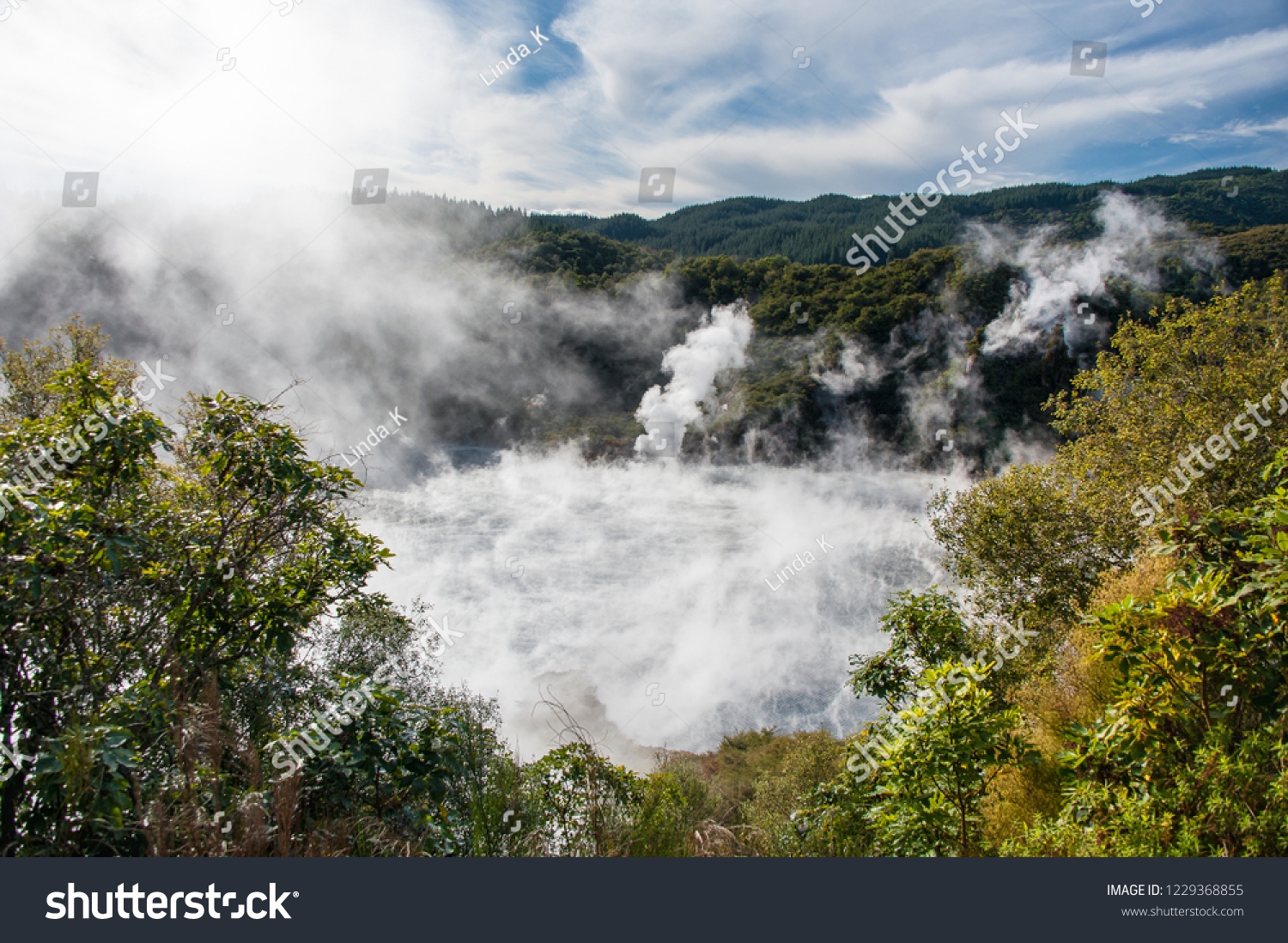 |
| Frying Pan Lake is the largest hot spring in the world by area. Photo: shutterstock |
How did humans explore it?
The lake was born out of a large volcanic eruption in 1886 when Mount Tarawera erupted and formed several large craters in the area. It was the largest eruption in New Zealand since the arrival of Europeans.
The eruption ripped through the valley destroying many precious geographic landmarks such as the renowned Pink and White Terraces but also gave the Waimangu Valley its many hydrothermal and geothermal features.
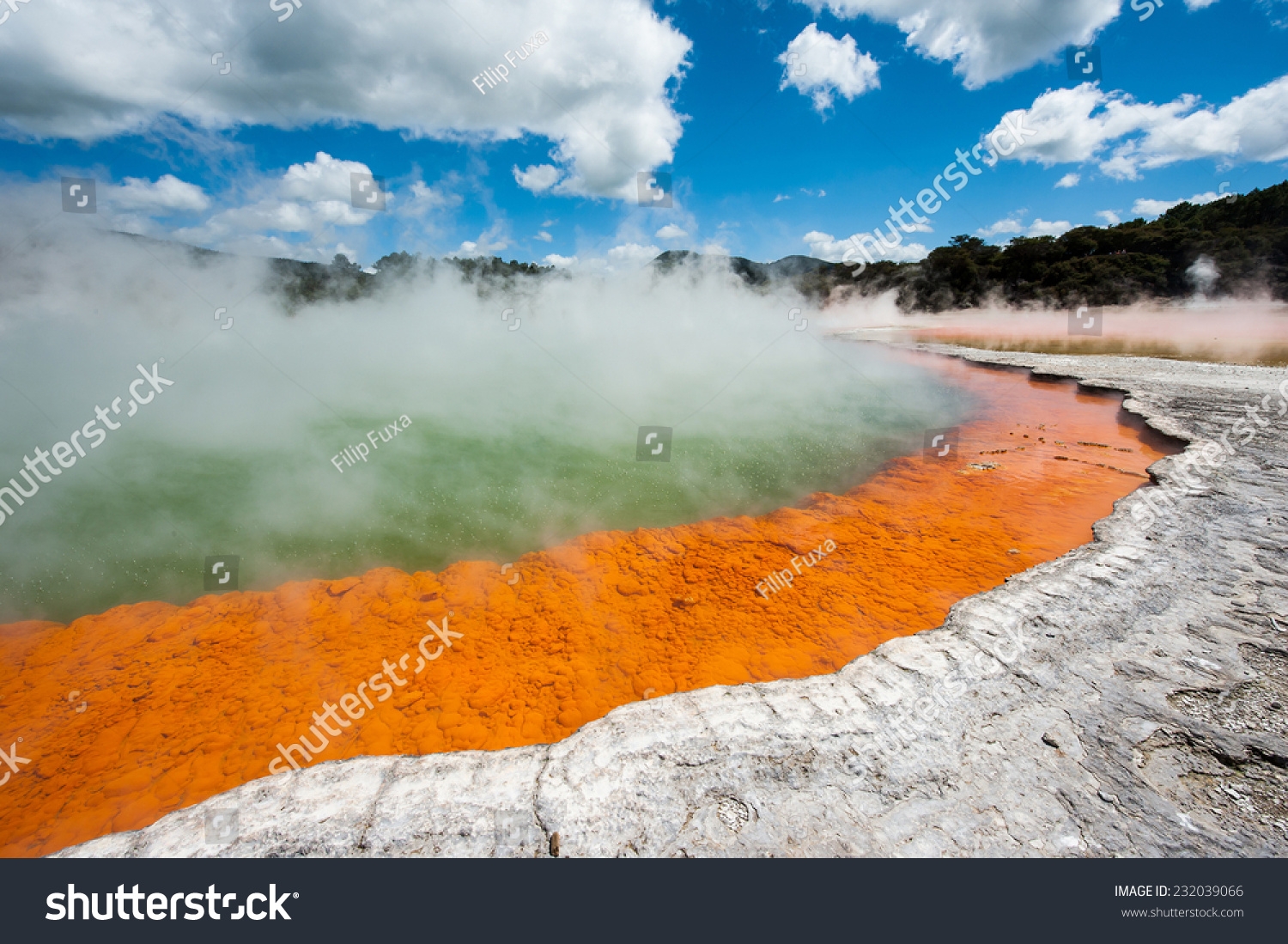 |
| The lake is always piping hot at 113 to 131 degrees Fahrenheit, and releases carbon dioxide and hydrogen sulfide to give the appearance of a large boiling cauldron.. Photo: Shutterstock |
Within 15 years of the eruption, hot springs permanently established themselves in the Waimangu Valley. The world’s largest geyser, the Waimangu Geyser, shot water nearly half-a-kilometre into the air for four years. Newly formed craters filled with rainwater and heated groundwater to form hot pools. Frying Pan Lake is one of them, and it’s located in the Echo Crater. But it was not until another large eruption in Echo Crater in 1917 that the lake reached its final shape and size.
Frying Pan Lake: HistoryThe disaster was extensive: villages were destroyed, more than one hundred people were killed, and the island’s famed Pink and White Terraces disappeared beneath the waters of Lake Rotomahana. Out of the destruction came the formation of the area now known as Waimangu Volcanic Rift Valley, and one of the world’s largest hot springs. Frying Pan Lake covers 38,000 square meters and has an average depth of 6 meters. On its western shore are colourful sinter terraces, and on its east is a large crater left after the Waimangu Geyser ceased activity. There are delicate silica formations and colourful mineral deposits all around the lake area. |
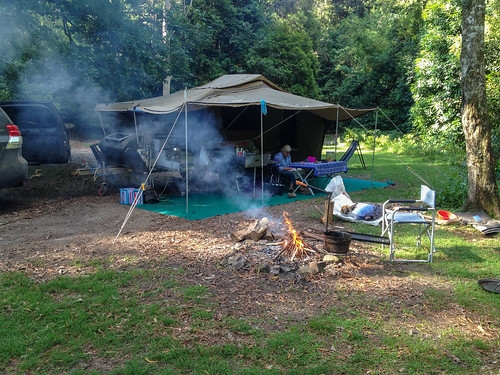 |
| Photo: findacamp.com.au. |
What can we do when visiting Frying Pan Lake?
Needless to say, the hike to Fryingpan Lake is dog-friendly and gentle enough for children and beginning backpackers too; however, a few advisories must be noted. With so many bodies of water-many of them, shallow-mosquitoes can be ruthless in this wilderness area.
According to the visittrainer.com, Autumn is a much better time to visit, but be aware that the region’s abundant elk herd attracts plenty of hunters. Be sure to wear orange.
The area also attracts a fair amount of equestrian use, so be prepared to share the trails with horses. The most direct way to Fryingpan Lake (the return leg of the hike described here) is about 5 miles. But consider this loop for variation adding just a few more miles, but no extra elevation gain.
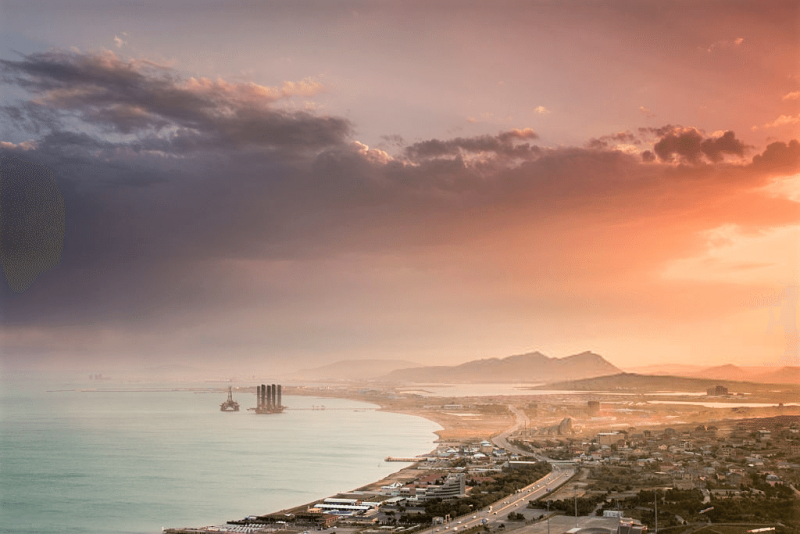 Top 7 Largest Lakes in the World Top 7 Largest Lakes in the World Have you wondered where the largest lakes are in the world? At KnowInsider, we provide a list of the 7 largest lakes on Earth. Let's ... |
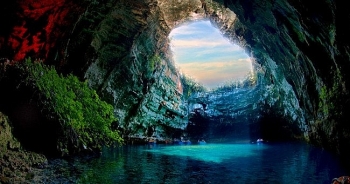 Top 7 amazing facts about Son Doòng Cave - largest cave in the world! Top 7 amazing facts about Son Doòng Cave - largest cave in the world! If you are nature-lover who are always eager to explore the world, let's read this article to gain more knowledge about Son Doòng Cave - ... |
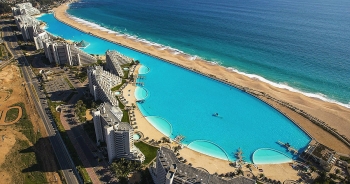 San Alfonso del Mar - The largest swimming pool in the world San Alfonso del Mar - The largest swimming pool in the world At 1,013 meters (3,324 ft) in length with a total area of 8 hectares (19.77 acres), the swimming pool at the San Alfonso del Mar ... |























